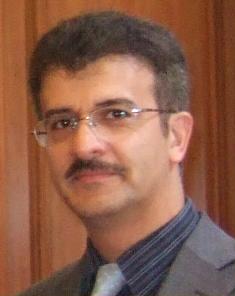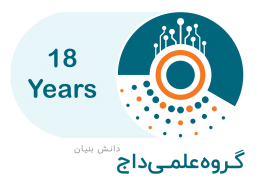
کارگاه EEG + fMRI
خلاصه :

Advances in EEG-fMRI fusion and its Applications
The content :
1. Brain Scanning Modalities
2. Electroencephalography
2.1. Generation
2.2. Denoising
2.3. Characteristics
2.4. Event Related Potentials
2.5. Movement Related Potentials
3. EEG Applications
3.1 Source Localisation
3.2 Rhythm and Brain State Identification for Fatigue, Sleep, Seizure, etc.
4. EEG Processing Techniques
4.1 Signal Processing Tools and Software
4.2 Single and Multi-Channel Processing
4.3 Multivariate, Subspace, and Tensorial Approaches
4.4 Deep Learning Methods
5. Functional Magnetic Resonance Imaging
5.1 Generation
5.2 Usability
6. EEG-fMRI
6.1 Why EEG and fMRI
6.2 Recording
6.3 Mutual Artefacts
6.4 Fusion Techniques
6.4.1 EEG-assisted fMRI
6.4.2 fMRI Assisted EEG
6.4.3 Joint Analysis for Single and Multiple Tasks
7. Applications
7.5.1 Seizure Localisation
